Beginner’s Guide to Electronics: Starting with the Basics
Electronics surround us in every aspect of our lives, from the smartphones we use to the electricity that powers our homes. For those looking to understand this vibrant field of technology, the jump from curious observer to hobbyist can seem daunting. This comprehensive guide is designed to demystify electronics for beginners by starting from the very foundation and building a pathway to practical application.
Introduction
The term “electronics” can evoke images of complex devices and intricate circuits that only experts can comprehend. However, at its core, electronics is simply the science and technology concerned with the development, behavior, and application of circuits and devices using active electrical components. This guide will support your learning by providing a solid foundation in electronic principles, including the understanding of basic components and simple circuits. Whether your goal is to tinker with gadgets, pursue an engineering degree, or simply comprehend the technology around you, the beginner stages are pivotal.
What is Electronics?
You interact with electronics every day, even if you don’t realize it. That buzzing phone alert, the light switch in your room, and the alarm clock that wakes you up — electronics is the invisible force behind these daily triumphs of technology. The definition skims the surface; the field is vast, branching into various areas such as consumer electronics, embedded systems, and telecommunications. But for a beginner, knowing the importance of electronics in everyday life can serve as motivation and context for the deeper learning ahead.
Understanding Components
The backbone of electronics is its components, the building blocks that come together to form circuits. By understanding the roles and characteristics of these components, you’ll lay the groundwork for more complex projects.
The Resistor: A Component of Resistance
The resistor, often color-coded, limits the flow of current in a circuit. Whether to dim a light or protect a component from excessive current, resistors play critical roles.
The Capacitor: Storing Energy in an Electric Field
Capacitors can store electrical energy and release it when needed. They help to smooth out voltage fluctuations and are fundamental in timing and filtering circuits.
The Diode: Directing Current Flow
A diode is a semiconductor device that allows current to flow in only one direction. This property makes diodes essential in rectification, signal modulation, and signal demodulation.
The Transistor: Controlling Current
Transistors are semiconductor devices that can amplify or switch electronic signals and electrical power. The transistor’s versatility allows for much of the advanced electronics we see today.
Inductors, LEDs, and More
Exploration of magnetic fields leads to inductors; the desire for light without heat paves the way for light-emitting diodes (LEDs). Each component contributes unique abilities to electronic circuits.
Simple Circuits
With the components knowledge in place, now is the time to understand how they come together in circuits. Simple circuits are the puzzle pieces of electronics, and grasping their rules is like learning the grammar of a new language.
Series and Parallel: The Two Basic Configurations
In a series circuit, the components are arranged in a single, linear path. For a parallel circuit, there are multiple paths, allowing components to operate independently. Understanding and recognizing these setups will be crucial for more complex designs.
Building a Basic Circuit
We’ll walk through building your first basic circuit, step by step. From choosing components and understanding the schematic, to actually wiring it up and seeing the principles in action, you’ll experience the thrill of creating your first electronic device.
Practical Applications
It’s time to put what you’ve learned into context. The best way to understand the world of electronics is to see how it impacts the devices and systems around you.
Everyday Gadgets and Gizmos
Take a look around at the everyday gadgets and appliances in your home. How might the principles of basic circuitry apply? Understanding the inner workings of these can be enlightening.
DIY Projects for Beginners
Starting with simple, well-documented projects can be a great way to apply your knowledge and build your skills. Projects like a LED flasher or a basic alarm system are great entry points into the world of DIY electronics.
Conclusion
The world of electronics is as vast and as deep as the ocean, with new technologies and applications being developed continually. By starting with a solid understanding of what electronics is, how the basic components function, and how circuits come together, beginners can build a strong foundation for further exploration. My hope is that this guide serves as your gateway to a lifelong love of electronics and the countless opportunities for creativity and innovation it offers.
For those intrigued by what they’ve learned, there are many resources available for you to continue your education. Online tutorials, books, forums, and local classes can all provide additional information and hands-on experience. Remember, every expert was once a beginner who was unafraid to ask questions, experiment, and, most importantly, keep learning. Enjoy your electronic exploration, and may your curious mind lead you to great discoveries.





